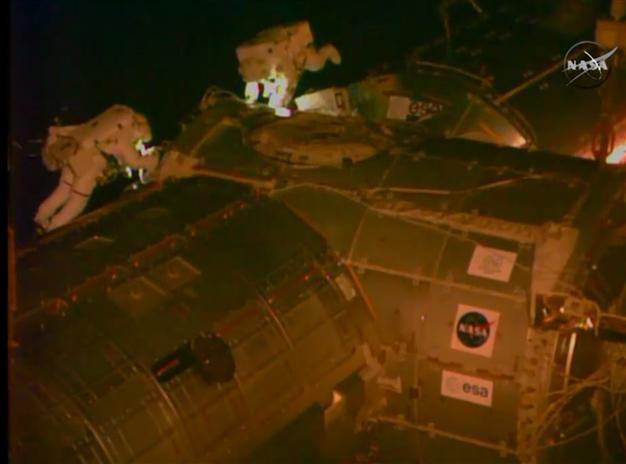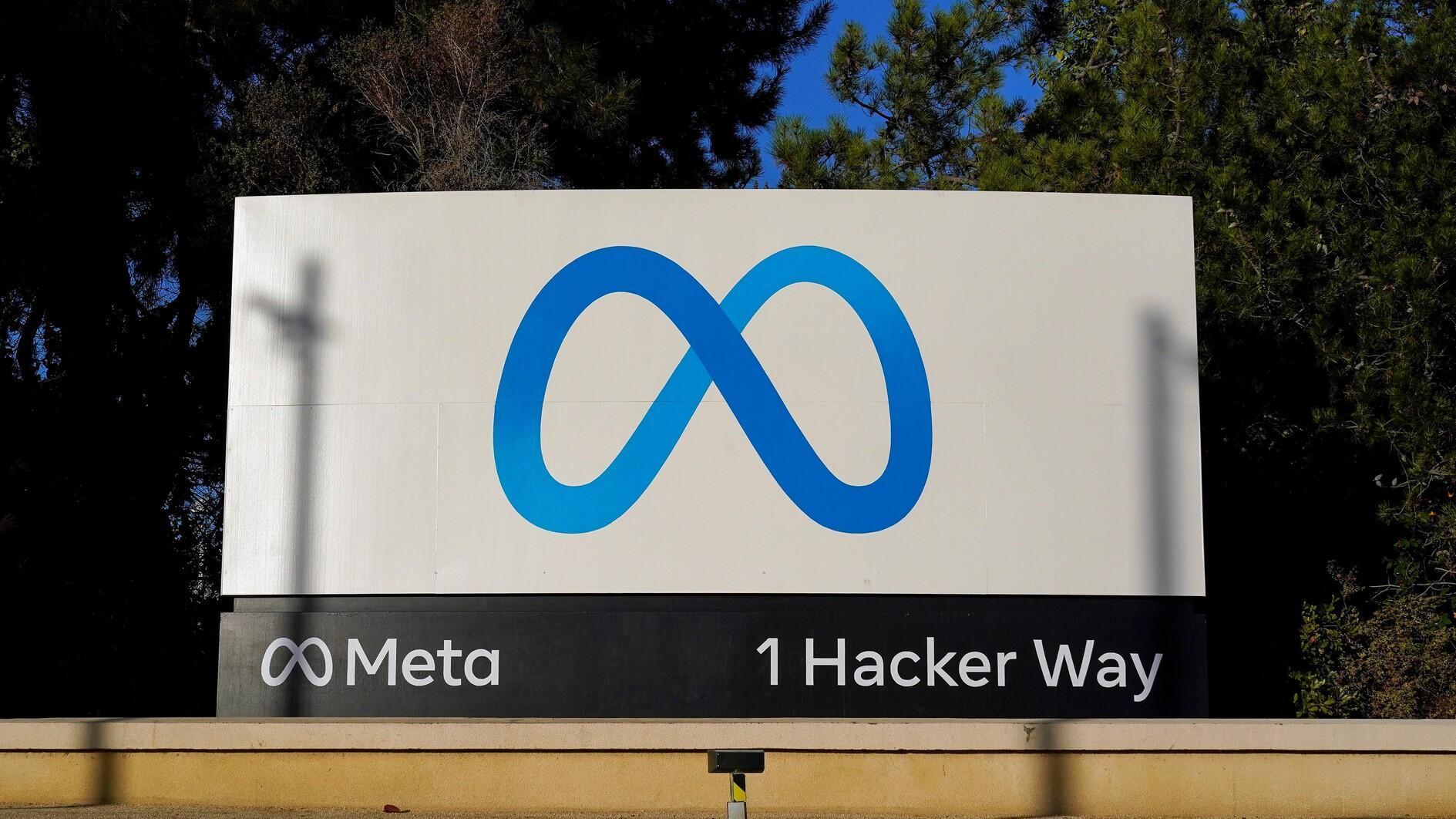US astronauts step out on spacewalk
MIAMI - Agence France-Presse

In this image from NASA television astronaut Barry "Butch" Wilmore, left, and Terry Virts during their second spacewalk outside the International Space Station Feb. 25, 2015. AP Photo.
Two American astronauts on Feb. 25 stepped out on the second of three spacewalks to prepare the International Space Station for the arrival of commercial capsules ferrying astronauts in the coming years.Commander Barry "Butch" Wilmore and flight engineer Terry Virts emerged from the station airlock after placing their suits on internal battery power at 6:51 am (12:51 GMT), NASA said.
The astronauts are both wearing helmet cameras that allow viewers on Earth to experience the spacewalkers' perspective, as part of a live broadcast on NASA television and on its website.
The team's goal for the six-and-a-half hour spacewalk is to route two bundles of cable, lubricate parts of the space station's robotic arm and prepare for another operation later this year to move modules around at the orbiting outpost.
The lubrication of the end of the Canadian-made robotic arm, called Canadarm, will take about three hours, said NASA commentator Rob Navias.
The work aims to set up additional docking ports -- which are essentially parking spots for space taxis -- at the ISS for the arrival of more crew-carrying spacecraft.
Boeing plans to send its first astronaut to space aboard the CST-100 spaceship in late 2017, followed by SpaceX soon after.
During the first outing by Wilmore and Virts on Saturday, the pair routed 364 feet (110 meters) of cable, with goal of setting up 700 feet by the end of the final spacewalk of this series on Sunday.
Several more spacewalks in the coming months will help get the station ready for the arrival of a pair of international docking adapters that will be delivered later this year.
Traffic to the ISS is expected to increase once private industries like SpaceX and Boeing get their crew capsules up and running.
The flights will restore US access to the orbiting lab where global crews of astronauts live together for six months at a time.
The retirement of the 30-year space shuttle program in 2011 left the United States without a spaceship that could send astronauts to low-Earth orbit.
In the meantime, the world's astronauts are relying on Russian Soyuz capsules at a price of $70 million per seat.
California-based SpaceX led the charge with the creation of its Dragon cargo craft, becoming the first US commercial spaceship to begin supply missions to the ISS in 2012.
However, Boeing is expected to be the first to send astronauts to space when its CST-100 is ready for a crewed flight in December 2017.
















